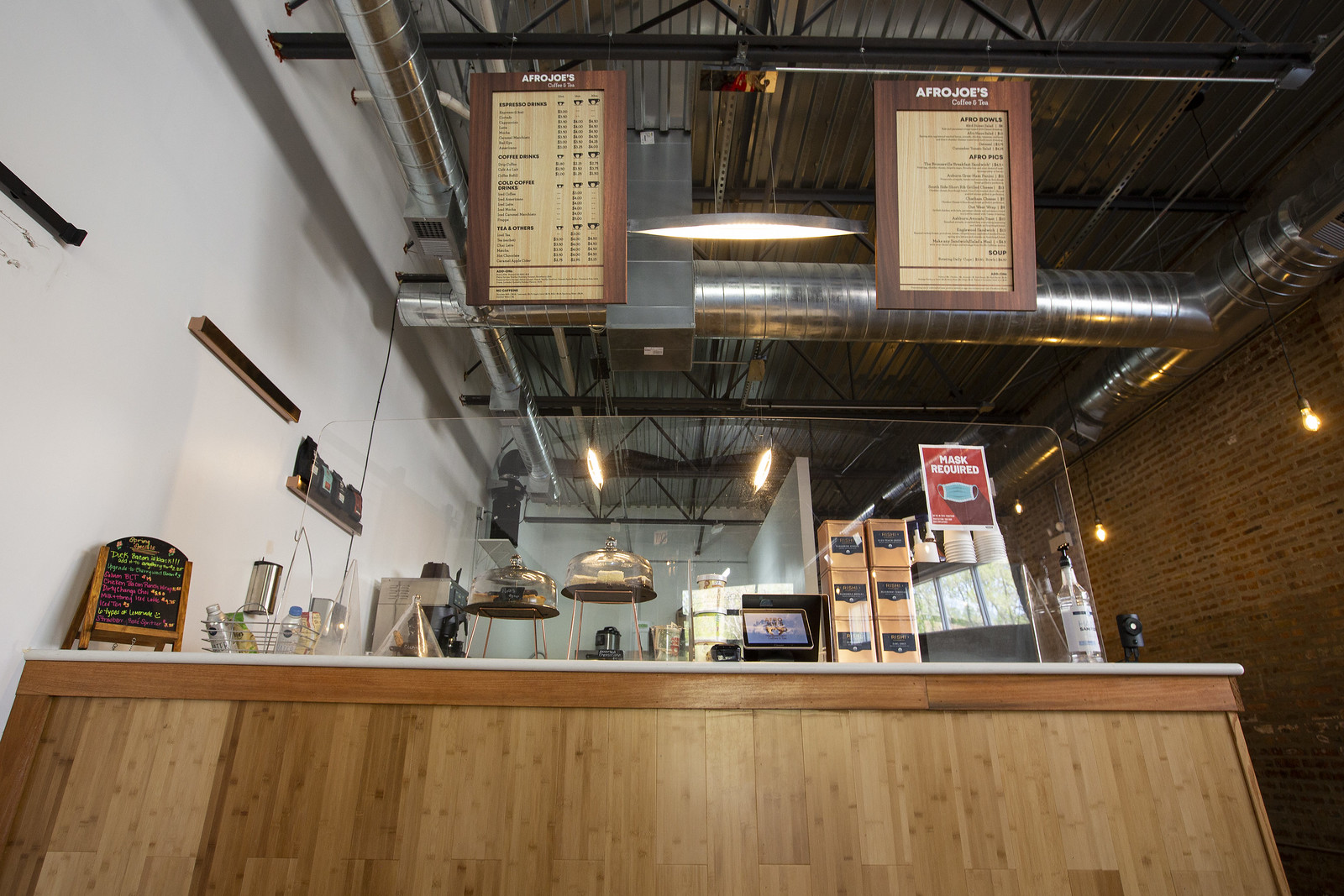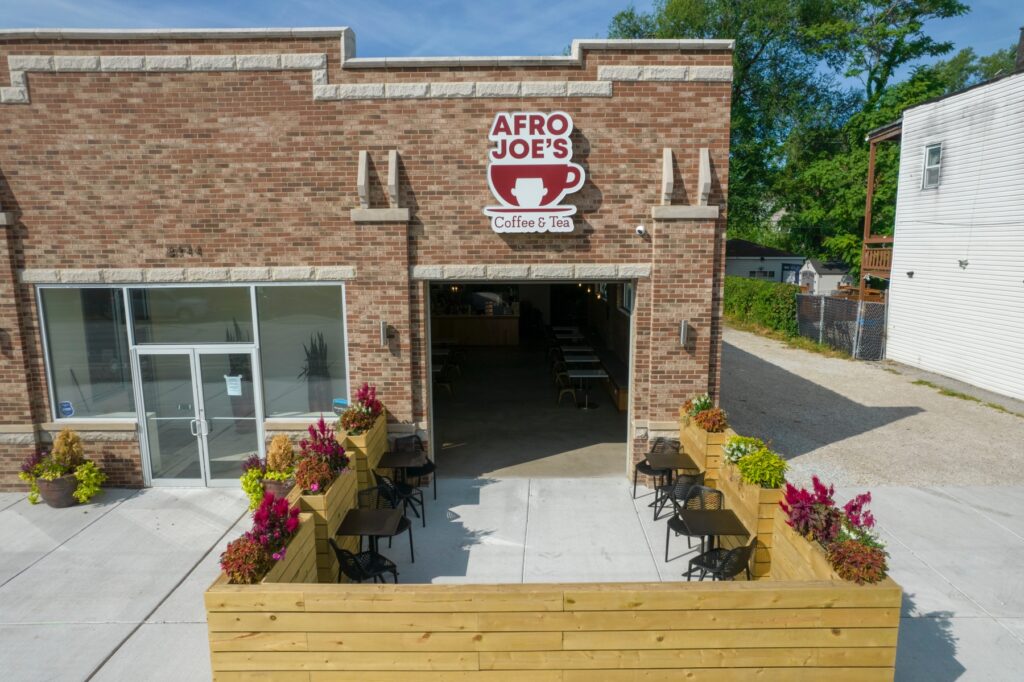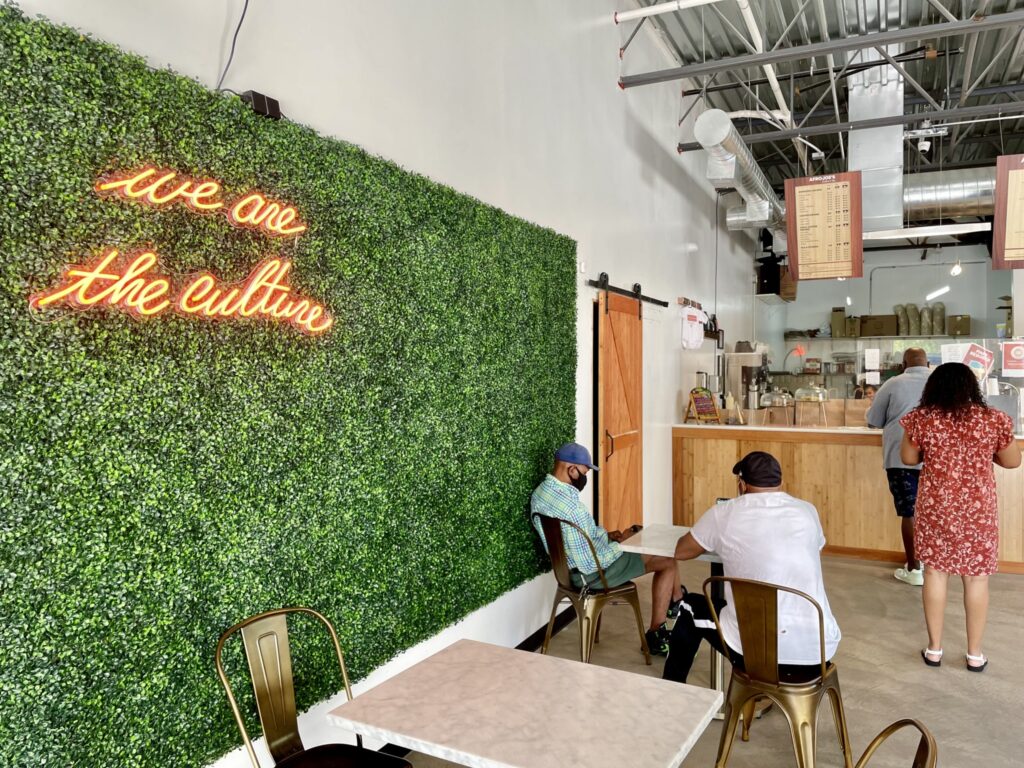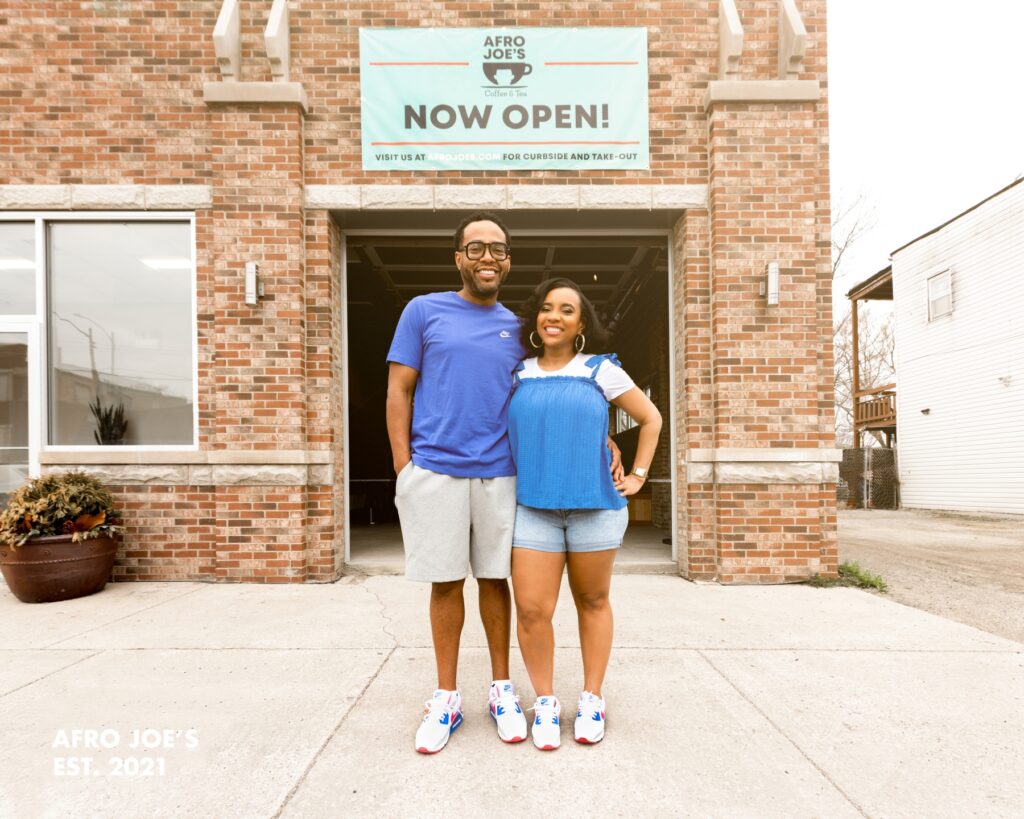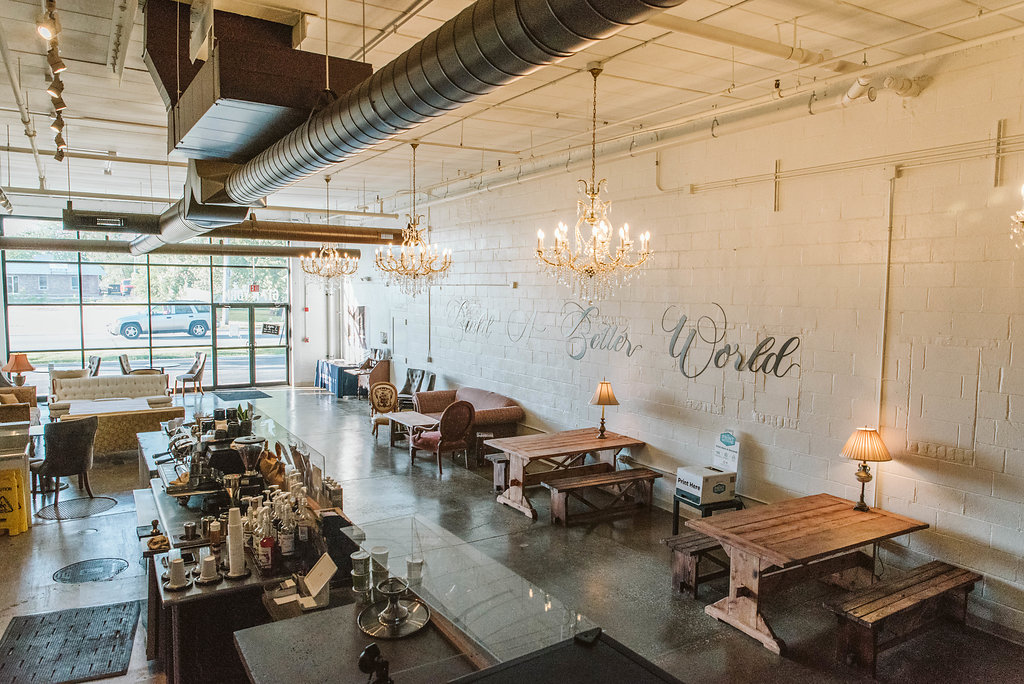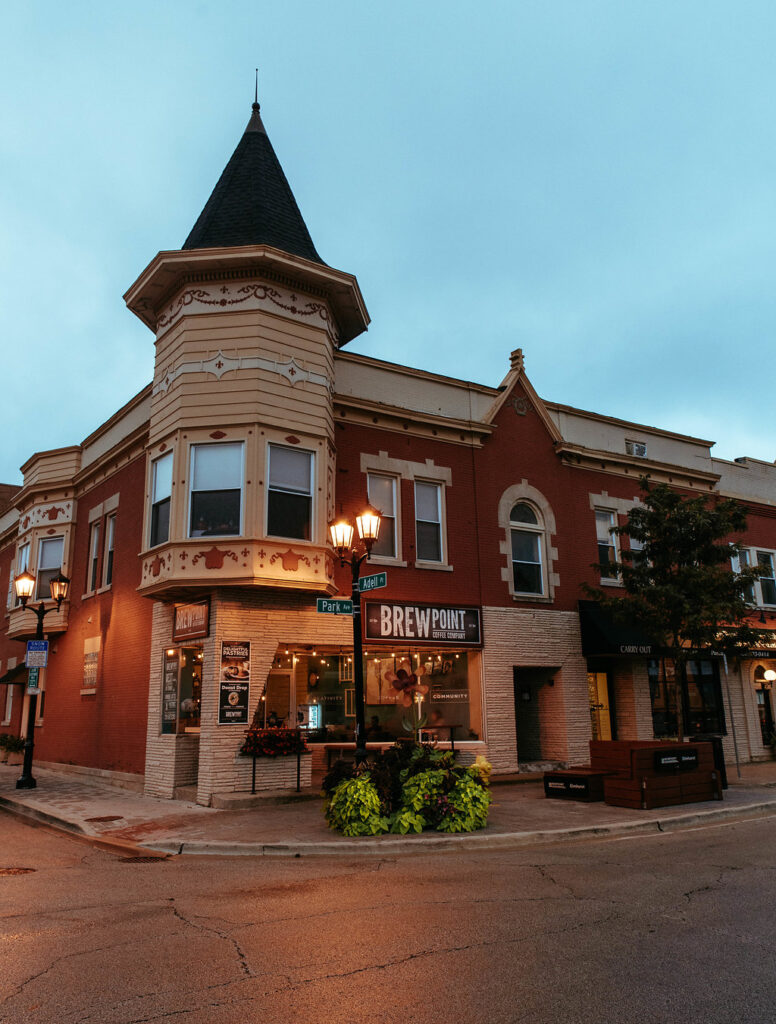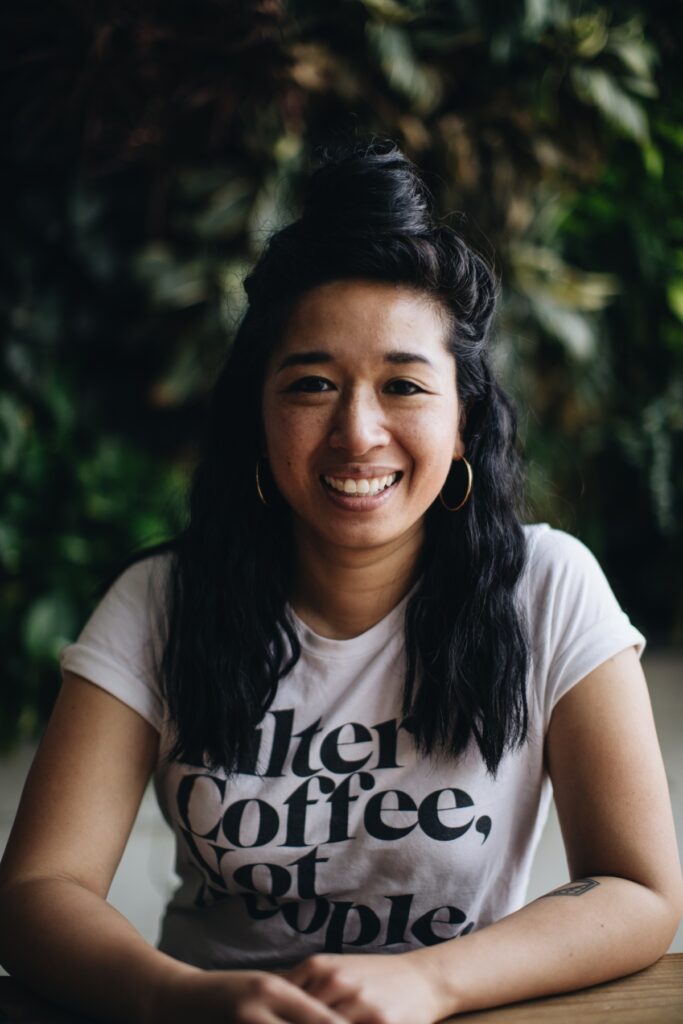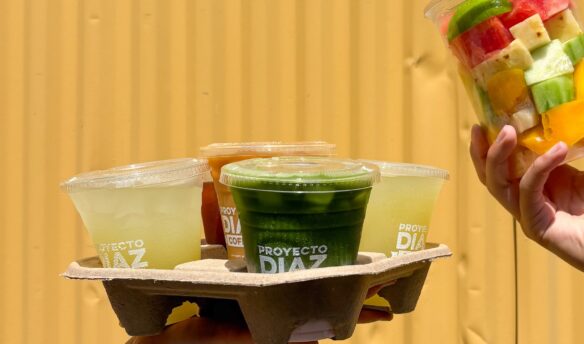For business owners, leasing a space is one of a shop’s most significant operating expenses. Standard business practices suggest that coffee or tea shop owners should pay 10% of gross sales in rent, but is this realistic?
The reality is commercial rent costs fluctuate widely depending on the location of your café. Not only do you have to consider variables like your shop’s square footage, but you also have to look at the popularity of a specific neighborhood and the city where you plan to operate your store.
Whether you’re building out commercial space or taking over an existing coffee business, leasing commercial property requires careful planning to make your coffee shop a success.
What to Consider Before You Sign A Lease
Finding the right location for your coffee shop is one of the most important factors to consider when determining how much rent you can afford.
Made-to-order coffee is a luxury item for many people, explains Kendall Griffin. Because it’s often one of the first things people cut from their budgets when finances get tight, he recommends coffee shop owners focus on setting up shop in an area that can support a café.
Kendall and Aisha Griffin are the husband-and-wife owners of Afro Joe’s Coffee & Tea in Chicago. After opening their first coffee shop in the Auburn Gresham neighborhood in October 2020, the pair had to relocate Afro Joe’s 18 months later when they were unable to renew the lease during negotiations with their landlord.
When they searched for a new lease, the Griffins looked at factors like population density, average household income, and the cost of a build-out. So far, focusing on planning and research has paid off in the time since they re-opened doors in May of 2022 in Beverly, the next neighborhood over.
“Our volume has pretty much tripled,” he says. The shop’s new neighborhood brings in more foot traffic because it’s more easily walkable—and they were able to retain a lot of their former clientele by moving less than three miles away.
According to Griffin, leasing a coffee shop in a less-than-ideal location can still work, but it will require a lot more work to bring in traffic. Initially, the owners developed a plan to bring customers to their original Auburn Gresham location by hosting community events. “There were no other businesses around us,” he says, “we circumvented that by really focusing on the community, events, and driving traffic that way.”
According to Fit Small Business, the average cost to launch a coffee shop with seating is between $150,000 and $400,000. To reduce startup costs, Melissa Villanueva of Brewpoint Coffee, a coffee chain in Elmhurst, IL, recommends that owners searching for the perfect coffee shop location give some thought to turnkey operations.
“Build-outs can be beautiful and amazing,” she says, “but they will cost much more than you plan on.” She adds when you’re taking out a loan to build a coffee shop, your store’s fixed monthly costs will increase when you factor in rent.
“Instead of spending $150,000 on a build-out, I can spend $50,000. That return is a lot easier and quicker. Also, those locations are already known to be coffee shops.”
Villanueva explains that finding an underperforming location and developing a strategy to help it grow can potentially help your coffee shop gain success more quickly than starting from scratch. In 2013, the young owner launched Brewpoint Coffee after finding a café that was too good to be true for sale on Craigslist, but that wasn’t her original plan.
“I was looking for an espresso machine and found this coffee shop in Elmhurst instead,” she says. The shop sits in the busy downtown area next to a university, making it an investment she couldn’t pass up. Villanueva saw the potential in the location—and getting a relatively new build-out for a fraction of the original cost.
In less than a decade, she expanded Brewpoint Coffee into a coffee company with four locations in addition to an in-house coffee roastery and event space.
Signing a Long-Term vs. Short-Term Lease
Once you find the right location, you’ll have to negotiate the best possible lease agreement with the landlord.
An important part of the terms and conditions of a commercial lease is deciding whether to sign a short-term lease—one to three years—or a long-term lease, which can range from five to ten years and beyond.
A short-term lease agreement can reduce the financial risk of launching your coffee shop. If you decide to stop operations within the first 12-24 months of business, you’ll be able to cut your losses and avoid paying a large sum of money to get out of your lease. Alternatively, if you decide that your café needs more or less space, it’s easier to pick up and relocate with a short-term lease.
The downside is short-term leases add uncertainty to your business. Griffin cautions coffee shop owners on agreeing to a shorter lease: “We signed a short-term lease thinking that it would be easy to renew,” he says, “and that kind of came back to bite us. Now we signed a long-term lease, and it’ll give us the opportunity to recoup our build-out costs and we don’t have to revisit it for quite some time.”
How Much Should You Pay in Rent?
Most commercial leases set rent costs at the price per square foot, but the average rent largely depends on location.
Leasing a café in a popular neighborhood will improve your chances of early success, but this route may also increase rental rates and reduce profitability.
Griffin says relocating his Chicago-based coffee shop meant signing a more expensive lease agreement, but the higher traffic improved their margins.
At their new location, the cost of rent is approximately 15% of gross sales, while they paid slightly more than 20% of gross sales in rent on their first lease.
Many new coffee shop owners anticipate a lower profit margin in the early years of operations. Villaneuva recommends paying between 5-10% of revenue in rent annually based on projected revenue for your third year in business. “I would advise heavily against anything over 10%,” she says, acknowledging that most cafés aren’t profitable in their first year.
“I want to break even by the second year and be profitable by the third year. That’s usually what I aim for overall.”
Haley Greene is a freelance writer based in Honolulu, Hawaii. She frequently writes about food, coffee, and wellness. Connect with her at www.haleygreene.com.



